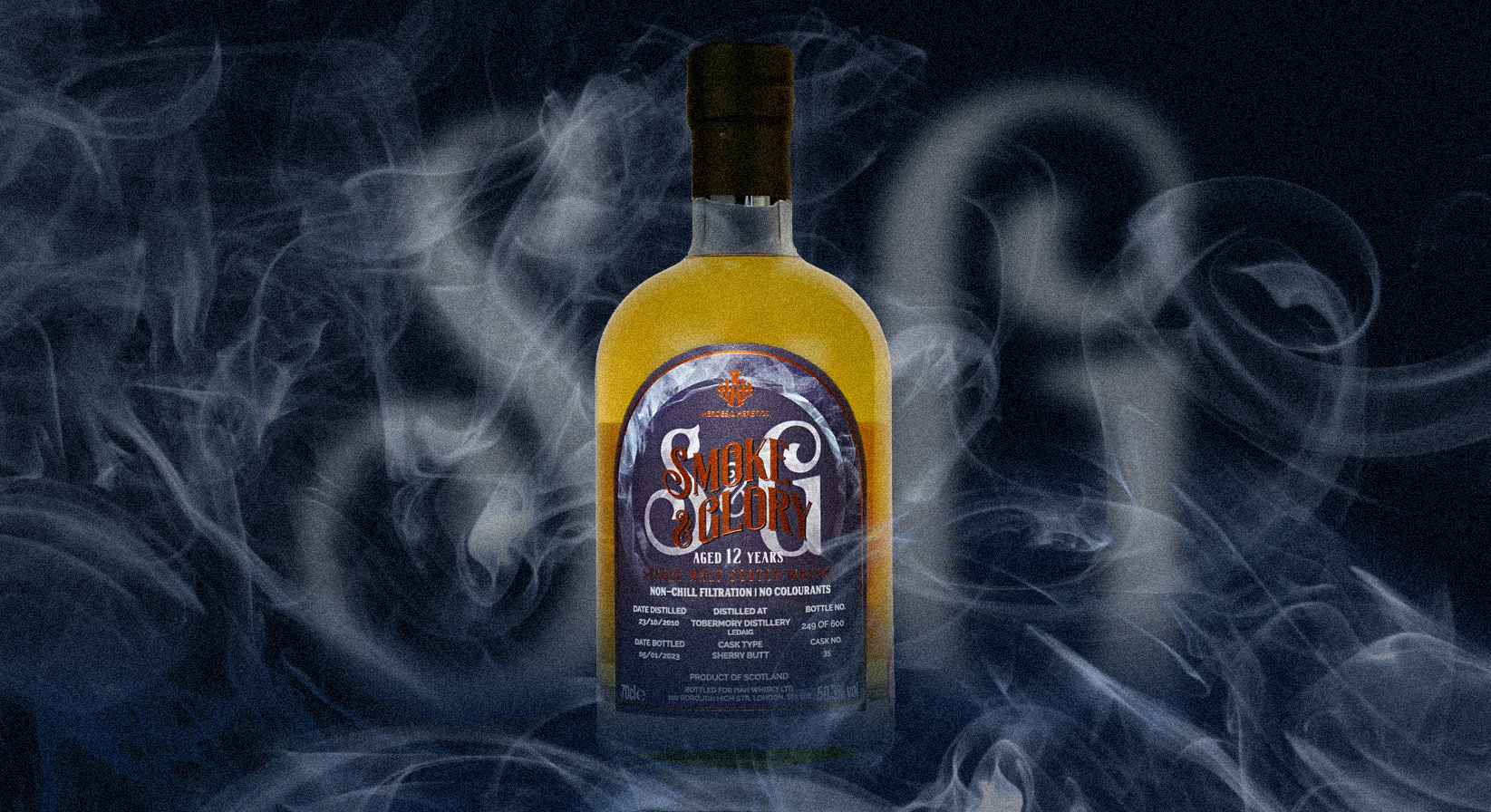Although whisky is made all over the world, it’s undeniable home is Scotland. In an attempt to give the reader an idea of the geographic makeup of the Scottish whisky industry I have put together a brief overview of the five (or six, depending on who you’re talking to) whisky distilling regions. Further reading is encouraged as there is a rabbit warren of history to be found, with stories of closure and reopening, as well as the unique environmental and technical factors that contribute to the distinctive whiskies of the region.

Lowlands
First stop after Northumberland and yet not the most obvious region for distilling, the Lowlands are in fact a great place to start if you’re getting into whisky. The terrain is rolling hills and some lovely farmland spread around the urban centres of Glasgow and Edinburgh, and true to form the whisky matches the softer and more manicured terrain. Usually Triple distilled and light bodied with an elegant and easy palate, these whiskies carry floral, almost sweet tones, lacking the smoky peat of the Islay’s. These whiskies are eminently suitable for those dipping their toes into single malt whisky.

Campbeltown
The smallest of the regions where Scottish whisky is made, Campbeltown occupies the Kintyre peninsula; in years past it earned the sobriquet of ‘whisky capital of the world’, at one point boasting one distillery per eleven square miles. Its numbers are now somewhat reduced with only three distilleries now operating, and yet the distinctive characteristics much loved by single malt connoisseurs ensure that it remains its own region. Surrounded on three sides by the sea and geographically separate from the lowlands and the highlands, the single malts produced here carry unique oily, salty notes that are sought after by serious whisky lovers, with fruit and vanilla also present. One for the adventurous and the aficionados.

Islay
It was as I was researching Islay that I noticed some call it the Queen of the Hebrides, something I am sure the Sovereign would find quite amusing. An Isle in its own right, many of the original distilleries would have been small, home-spun affairs, given to hiding their wares from nosy officials to avoid the nauseating bureaucracy that was present even in the 17th Century. Amongst its nine distilleries is Bowmore, one of the oldest in Scotland and dating back to 1779. A rugged place abounding with wildlife and stunning terrain, including some of the most beautiful beaches in the country, the setting is reflected in these punchy whiskies. Peat soaked in sea spray provides a powerful hit to the palate, the intense smoky flavour typical in the local hero Laphroaig.

Speyside
By number of distilleries Speyside is far and away the largest of the regions where whisky is made. Out of the Lowlands the majority of Scottish arable agriculture happens here, with good barley grown thanks to the climate and soil. Verdant river valleys and the warmest and driest area in Scotland combine to create some of the most beloved of Scotland’s single malts made from excellent ingredients. Refined and elegant like a good leading lady from old Hollywood, the whisky produced here will typically have sweet fruit notes and is considered complex in palate.

Highlands
Enormous. Big mountains, vast distances best traversed on a ghillie’s pack horse and with a population of seventy two, it is often hard to pin down the characteristics of a Highland whisky. For this reason it will often be separated into Highlands and Islands for ease of classification. Despite removing the islands from the equation, the distances involved mean that each distillery is unique in its own right. You can effectively enjoy the full spectrum of single malts from just the Highland region alone, with the west holding reflecting the coastal tang whilst those lighter and sweeter notes appear on the eastern and southern distilleries. A lifetime of investigation awaits.

Islands
Heather and salt notes from the smoky peat used to dry the barley, cut often spitting distance from the sea, are what really characterise an Island single malt whisky. Yet there is still a great diversity in the makeup, for example the spiciness of an Orkney compared to the sweet smoke of a Skye, and this allows for much tasting so as to really understand what is going on out on these isolated island distilleries. As previously mentioned it is the peat that is used to dry out the barley that really changes the character of these whiskies as almost every distillery has its own unique approach.
Starting South and moving roughly North for this list seemed logical to me as an Englishman. Perhaps were I a citizen of Iceland or Svalbard I would come the other way. It also allowed me to more easily remember my own trips up to Scotland, drawing on my vast breadth of local knowledge (I only got lost in the Cairngorms once) to hopefully educate you in some small way as to the basics of where whisky is made in Scotland.
By William Prior


